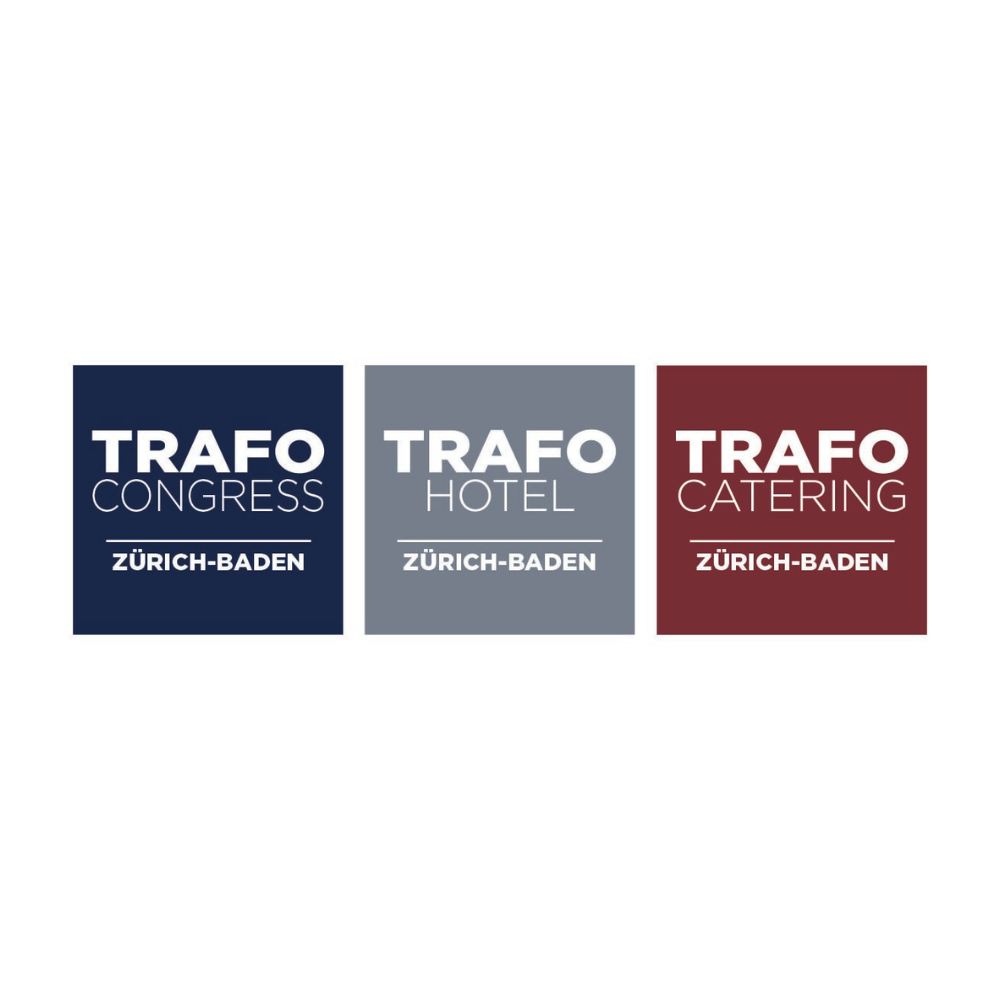
The effectiveness of supply management plays a pivotal role in helping organizations achieve their strategic objectives, explain Richard Arnott and Pat Woods
In today’s complex and dynamic business landscape, Executive Assistants play a crucial role in supporting and driving effective procurement within their respective functional areas. By understanding the distinctions between supply management and procurement, you as an Executive Assistant can elevate your role and contribute significantly to achieving efficient procurement outcomes.
You possess a unique position within organizations, as you often comprehensively understand various departmental functions and interact with stakeholders at different levels. Leveraging your knowledge and influence, you can effectively support supply management initiatives and contribute to the overall success of procurement processes for yourself and your boss’s overall efficiency.
What Exactly Is Procurement?
Procurement entails the procedures through which an organization obtains goods, services, or works from external sources (i.e., vendors or suppliers) to fulfil its requirements. It encompasses various activities such as identifying the organization’s needs, choosing suppliers, engaging in contract negotiations, and maintaining supplier relationships. The primary objective of procurement is to acquire the appropriate products or services at the optimal price and quality, with a strong emphasis on ensuring timely delivery. When you are dealing with, for example, securing a venue for an event, then you are primarily following a procurement process.
What Is Supply Management?
While procurement primarily focuses on the transactional elements of purchasing, supply management adopts a more comprehensive approach. Supply management involves the holistic coordination and optimization of all processes associated with the movement of goods and services within an organization. It encompasses strategic alignment of procurement activities, logistics operations, inventory management, and supplier relationships to facilitate a seamless and efficient supply chain.
Supply management extends beyond mere procurement of products or services. It encompasses the comprehensive process of planning, sourcing, producing, and delivering the precise goods and services to the appropriate location, at the designated time, and in the required quantity. To accomplish this necessitates a holistic understanding of the entire supply chain, taking into account crucial aspects such as demand forecasting, risk management, sustainability practices, and continuous improvement efforts.
In our example of securing a venue, supply management would kick in if, for example, you were looking for long-term deals, were planning to run the event in the same place each year with the same suppliers, etc. You would want to be managing the supplier performance, their impact not just on you but on the wider organization, and, of course, managing the ongoing relationship.
What Are the Key Differences Between Supply Management and Procurement?
In terms of scope and focus, procurement primarily concentrates on the transactional facets of purchasing, which involve activities like negotiating contracts and choosing suppliers. Conversely, supply management encompasses a wider range of functions that include procurement but also extend to areas such as logistics, inventory management, and comprehensive optimization of the entire supply chain. A great analogy is to view the difference between the traditional view of the Executive Assistant and the modern view of the Executive Assistant. Traditionally, an Executive Assistant has been viewed as a transactional function, but now, as an Executive Assistant, you are being perceived as much more strategic. This is especially applicable if you take on a supply management role.
When it comes to a strategic perspective, procurement is commonly motivated by short-term objectives and cost savings. In contrast, supply management adopts a strategic approach by aligning procurement decisions with the long-term goals of the organization. It takes into account various factors, including supplier relationships, risk mitigation, sustainability practices, and innovation, in order to establish a competitive advantage.
Collaboration and integration play significant roles in both procurement and supply management processes. In procurement, collaboration is primarily focused on working with suppliers to secure favorable terms and conditions. However, in supply management, collaboration expands beyond external partnerships to internal departments. This fosters integration between procurement, operations, finance, and other relevant functions within the organization. Such a collaborative approach enhances coordination, streamlines processes, and optimizes the efficiency of the entire supply chain.
When it comes to measuring performance, procurement primarily emphasizes metrics such as cost savings, supplier performance, and on-time delivery. However, supply management takes a broader perspective by incorporating additional performance metrics. These encompass various aspects of the supply chain, including inventory turnover, lead times, customer satisfaction, and sustainability measures. By considering these comprehensive metrics, supply management evaluates the overall efficiency and effectiveness of the entire supply chain, going beyond the immediate procurement-related factors.
The Significance of Supply Management
By embracing supply management principles as an Executive Assistant, you can help optimize the procurement process and create value for your executive. Through a holistic approach, you can enhance efficiency by integrating procurement with other supply chain activities, eliminating redundancies, and streamlining processes across the entire supply chain. This integration facilitates better coordination and communication between departments, resulting in improved efficiency and effectiveness. Additionally, through the TEAM (Together Everyone Accomplishes More) approach, you can avoid working in a silo, and by sharing information about suppliers with other areas, you should see greater results.
Furthermore, you can play a really crucial role in cost optimization through effective supply management. While procurement traditionally focuses on immediate cost savings, supply management takes a broader perspective by considering the total cost of ownership. Executive Assistants can actively participate in analyzing transportation costs, inventory carrying costs, and supplier performance to identify areas of improvement and achieve significant cost savings throughout the supply chain. As noted by ISM, the Institute of Supply Management: “Every 1% saved in these initiatives is equal to 5% in additional sales!”
Other Factors to Consider
Risk management
Another vital aspect where you can contribute is risk mitigation. Even before the pandemic, but especially during it, risk management has been and continues to be a very important topic in the supply chain arena. Supply management incorporates risk assessment and mitigation strategies to minimize disruptions in the supply chain. The ability to anticipate and address risks enhances the resilience of the supply chain, safeguarding the organization from costly disruptions. By working closely with internal departments and suppliers, Executive Assistants can identify potential risks, implement contingency plans, and maintain business continuity. What, for example, are the risks associated with the event that your executive has asked you to organize, and which of those are risks associated with your supplier? Once identified, then you can plan your risk response.
Collaboration
Adopting a collaborative approach will nurture a culture of innovation within your organization and enable it to adapt to changing market dynamics. A great way of fostering innovation and collaboration is by involving suppliers, as well as internal teams, in the planning process by leveraging their expertise, promoting cross-functional cooperation and knowledge sharing. In our venue example, you can work closely with the venue and other suppliers, listen to what they say, and respect their knowledge.
Sustainable procurement practices
Most organizations these days are looking to operate sustainable procurement practices. When selecting suppliers, you can ensure that selection is based on environmental and social responsibility criteria, supporting sustainable sourcing initiatives, and reducing, for example, your organization’s overall carbon footprint. By integrating sustainability considerations into the procurement process, Executive Assistants can align the organization’s procurement activities with its broader environmental and social goals.
Conclusion
As an Executive Assistant, you can play a pivotal role in supporting effective procurement through the application of supply management principles. By understanding the distinctions between supply management and procurement and embracing the holistic approach of supply management, you can optimize the procurement process, enhance efficiency, lower costs, mitigate risks, foster innovation, and promote sustainable practices within your respective function areas. With your unique position within the organization and your cross-functional knowledge, Executive Assistants have the potential to drive significant value and contribute to the overall success of procurement efforts.












